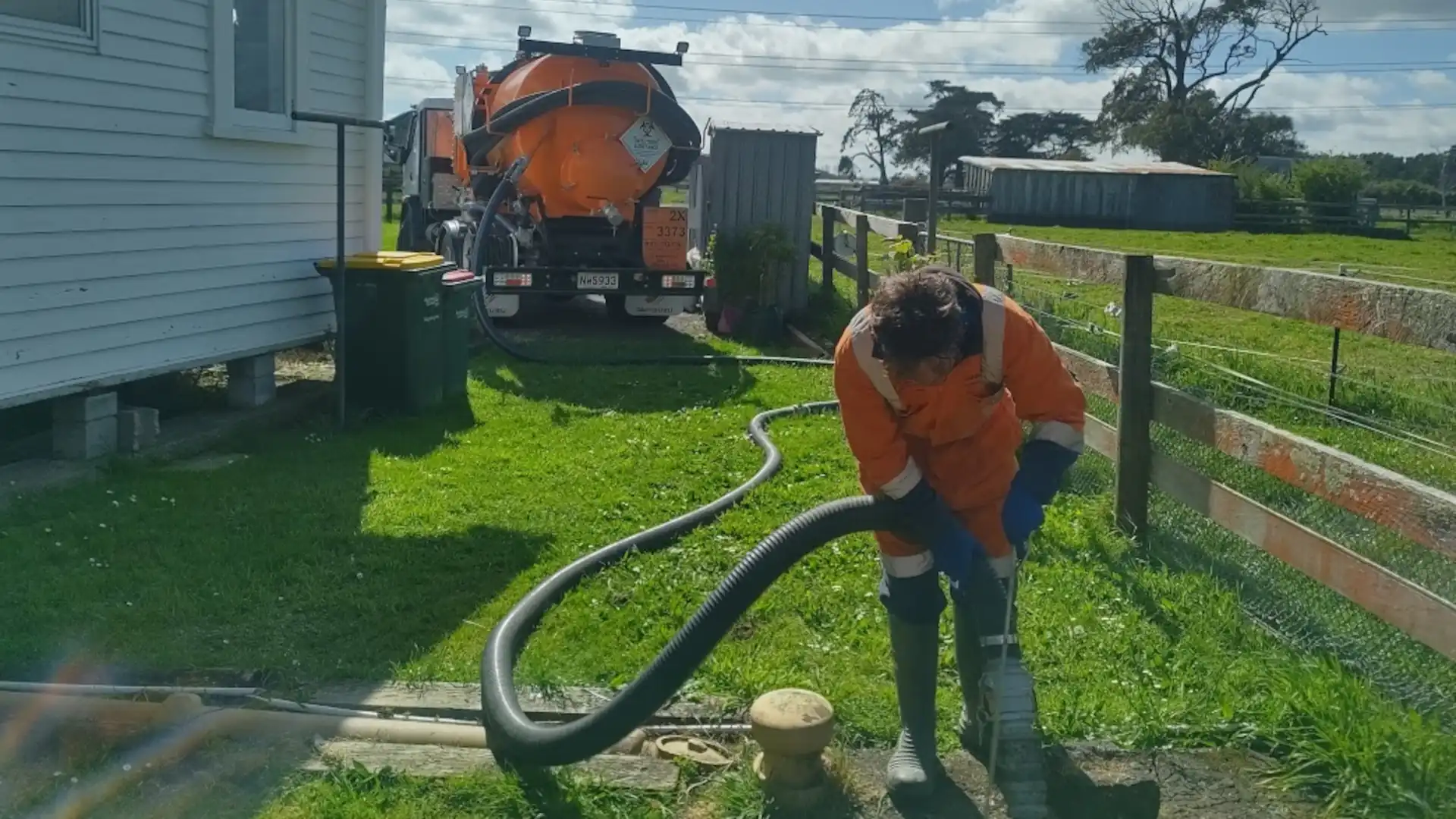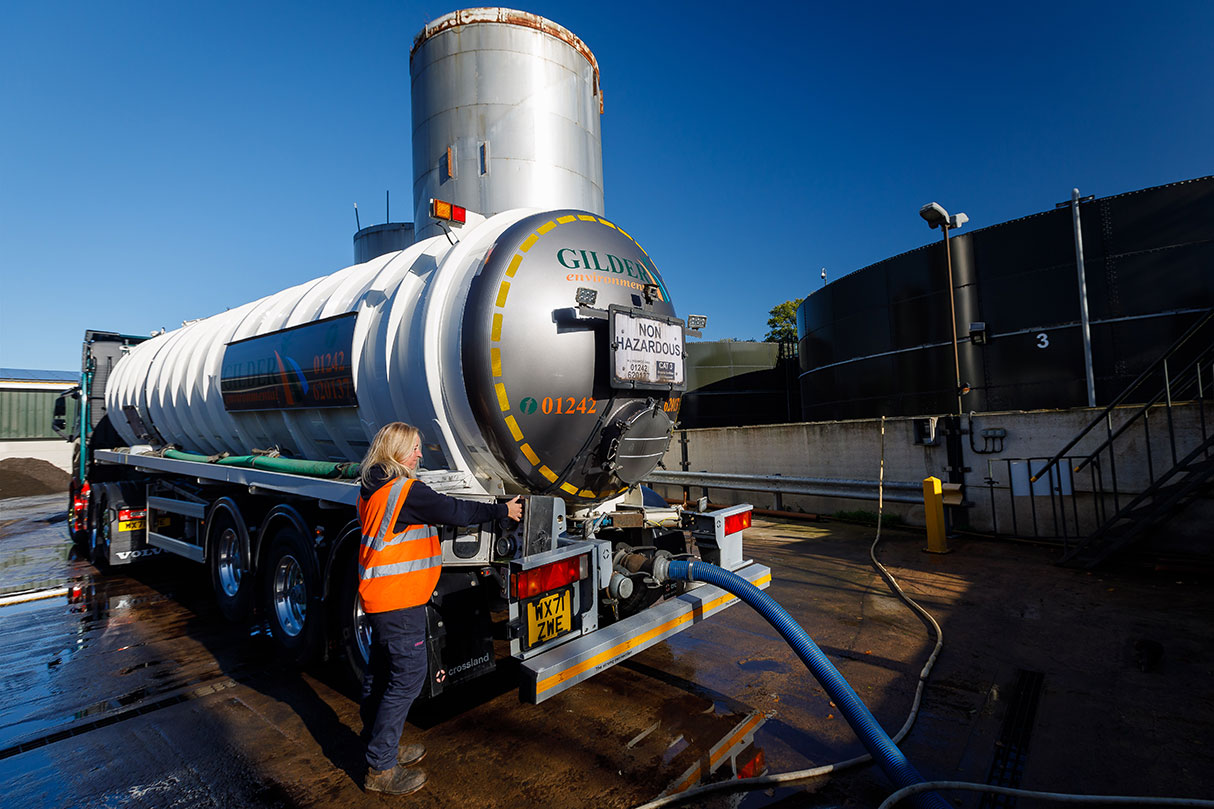Reliable Liquid Waste Disposal Melbourne: Safe and Reliable Solutions
Reliable Liquid Waste Disposal Melbourne: Safe and Reliable Solutions
Blog Article
Recognizing the Comprehensive Process of Liquid Waste Disposal: Best Practices and Environmental Effect Considerations
The monitoring of fluid garbage disposal is a complex issue that requires a thorough understanding of different ideal techniques and their linked ecological effects. From the types of liquid waste produced to the techniques used for collection, therapy, and final disposal, each step plays an important role in protecting environments and public wellness. As regulatory requirements advance and innovation breakthroughs, the discussion around these processes ends up being increasingly pertinent. What effects do these adjustments hold for future sustainability initiatives, and exactly how can stakeholders make certain that they are appropriately attended to?
Kinds Of Fluid Waste
Recognizing the numerous types of fluid waste is crucial for efficient management and disposal methods. Fluid waste can be extensively categorized right into a number of kinds, each calling for special handling and treatment strategies.
Industrial fluid waste commonly has hazardous products, including heavy steels, solvents, and chemicals, produced during producing procedures. These wastes demand stringent regulatory conformity to protect human health and the atmosphere. Residential fluid waste primarily describes wastewater generated from homes, including sewage and greywater, which, although less hazardous, can still posture considerable dangers if incorrectly managed.
Agricultural fluid waste, consisting of overflow from farms, typically has fertilizers and chemicals that can bring about environmental destruction otherwise treated properly. Medical fluid waste, generated from medical care centers, consists of contaminated liquids such as physical liquids and chemicals, requiring specialized disposal methods to avoid infection and ecological contamination.
Last but not least, oil and oil waste, normally produced by dining establishments and vehicle industries, can create extreme obstructions in sewage system systems if not taken care of properly. Comprehending these classifications assists in targeted approaches for treatment, compliance with policies, and effective disposal methods, inevitably promoting ecological sustainability and public wellness safety.

Collection Approaches
Reliable collection methods are important for the appropriate management of fluid waste, making sure that it is gathered securely and effectively before therapy or disposal. Various methods are employed depending upon the kind of fluid waste created, the volume, and the details features of the waste.
One typical technique is the usage of committed collection containers or sumps, which are created to catch fluid waste at the resource. These systems commonly integrate pumps that promote the transfer of waste to larger storage space containers or therapy facilities. Additionally, mobile collection units equipped with vacuum technology are used in situations where waste is produced periodically or in hard-to-reach locations.
For commercial settings, closed-loop systems can successfully lessen leaks and spills, enabling for the recuperation and reuse of liquid waste. It is additionally important to educate workers on appropriate collection methods to reduce threats linked with harmful materials.
In addition, applying routine maintenance routines for collection equipment ensures optimum performance and security. The combination of innovative tracking systems can enhance collection efficiency by supplying real-time data on waste levels and possible threats. Generally, reliable collection approaches are fundamental to lasting liquid waste administration methods.
Treatment Processes
Treatment processes play a vital role in the monitoring of liquid waste, transforming potentially hazardous products into multiple-use sources or risk-free effluents - liquid waste disposal. These processes can be broadly categorized right into physical, chemical, and organic approaches, each tailored to deal with details impurities present in the waste stream
Physical treatment techniques, such as sedimentation and filtration, job by removing put on hold solids and particulate matter. These techniques are often the very first step in the therapy chain, properly lowering the lots on subsequent procedures. Chemical treatments include using reagents to counteract dangerous materials, speed up hefty metals, or oxidize natural pollutants, therefore enhancing the safety and security of the effluent.
Organic therapy procedures, including activated sludge systems and anaerobic food digestion, profit from the natural abilities of bacteria to deteriorate natural issue. These methods are particularly reliable for wastewater including eco-friendly pollutants. Advanced treatment technologies, such as membrane purification and advanced oxidation procedures, are significantly employed to accomplish higher levels of purification.
Including a combination of these therapy approaches not just makes certain compliance with regulatory requirements but also advertises ecological sustainability by recuperating useful resources from fluid waste.
Disposal Options
Just how can organizations guarantee the accountable and secure disposal of liquid waste? Reliable disposal options are essential for securing public health and the environment. The main approaches consist of land incineration, therapy, and disposal complied with by discharge right into metropolitan wastewater systems.
Land disposal includes the careful control of liquid waste in marked garbage dumps, ensuring that it does not seep into surrounding dirt or water. Incineration, on the other hand, subjects fluid waste to heats, transforming it right into ash and click to read more gases, which call for correct purification to minimize exhausts. This method appropriates for hazardous wastes that can not be treated via conventional means.
In cases where liquid waste can be treated, companies might select chemical or organic treatment procedures to counteract unsafe components before releasing the dealt with effluent into community systems. This route usually lines up with governing demands, ensuring that the effluent fulfills security requirements.
Eventually, organizations should perform comprehensive assessments of each disposal alternative to identify its stability, taking into consideration factors such as waste make-up, governing conformity, and prospective threats to health and wellness and the environment. By choosing ideal disposal methods, organizations can add to an accountable waste management approach.
Ecological Influence
The ecological impact of liquid garbage disposal is a critical factor to consider for organizations seeking to minimize their eco-friendly footprint. Incorrect disposal methods can lead to considerable contamination of water sources, soil degradation, and damaging effects on regional ecological communities. For example, unsafe liquids can seep into groundwater, posturing risks to drinking water products and aquatic life. Additionally, the discharge of unattended or inadequately dealt with waste right into surface area waters can lead to eutrophication, causing oxygen depletion and the subsequent death of fish and other organisms.

To mitigate these impacts, companies must take on finest techniques such as applying extensive waste treatment processes, advertising recycling and reuse, and adhering to regulatory criteria. By taking an aggressive strategy to liquid waste monitoring, entities can substantially reduce their environmental impact while supporting sustainable growth objectives. Ultimately, a comprehensive understanding of the ecological influences connected with fluid waste disposal is vital for notified decision-making and accountable stewardship of natural deposits.
Verdict
Efficient monitoring of fluid waste is important for protecting ecological honesty and public health and wellness. By embracing best practices in disposal, collection, and treatment, along with adherence to governing requirements, the potential for unsafe contamination of ecosystems can be considerably minimized. Constant innovations in technology and procedures add to sustainable waste monitoring efforts. Ultimately, an extensive understanding of fluid garbage disposal not just reduces ecological influences but additionally fosters a dedication to accountable source administration and ecological stewardship.
The management of fluid waste disposal is a diverse problem that calls for a comprehensive understanding of different best practices and their linked ecological influences. From the kinds of fluid waste produced to the approaches employed for collection, therapy, and last disposal, each step plays an important function in safeguarding communities and public health and wellness.The environmental impact of fluid waste disposal is a critical factor to consider for organizations looking for to decrease their eco-friendly footprint. Ultimately, a thorough understanding of the ecological influences associated with fluid waste disposal is important for educated decision-making and liable useful reference stewardship of all-natural sources.
Inevitably, a detailed understanding of fluid waste disposal not just mitigates ecological effects however additionally promotes a commitment to accountable resource administration and environmental stewardship.
Report this page